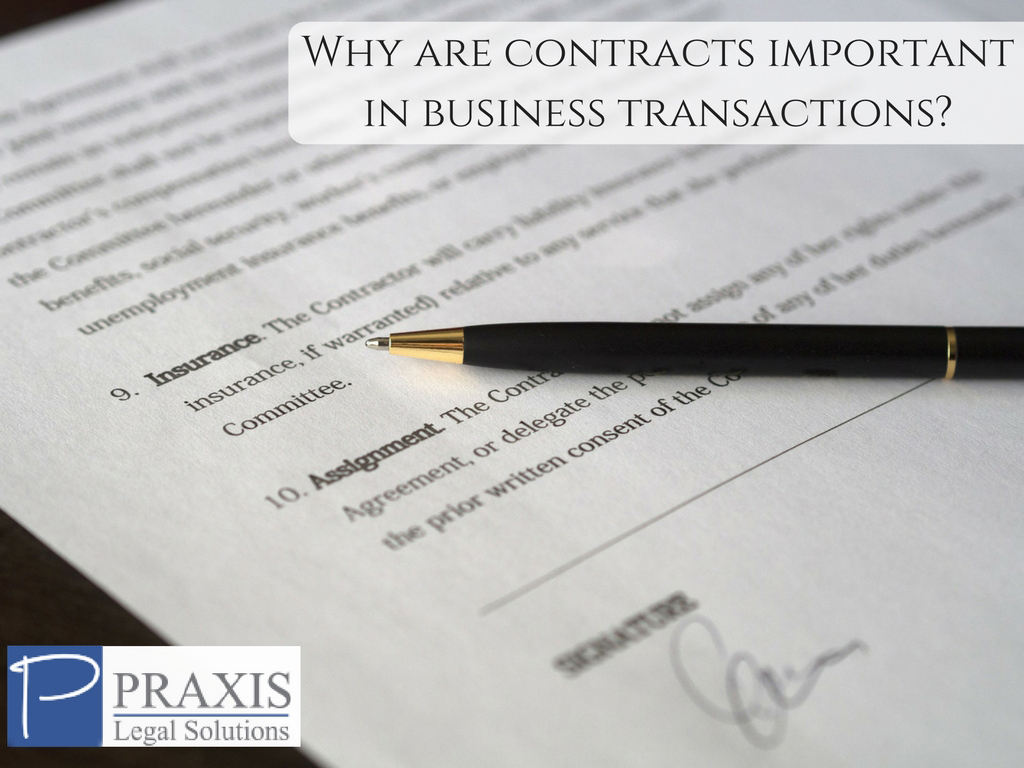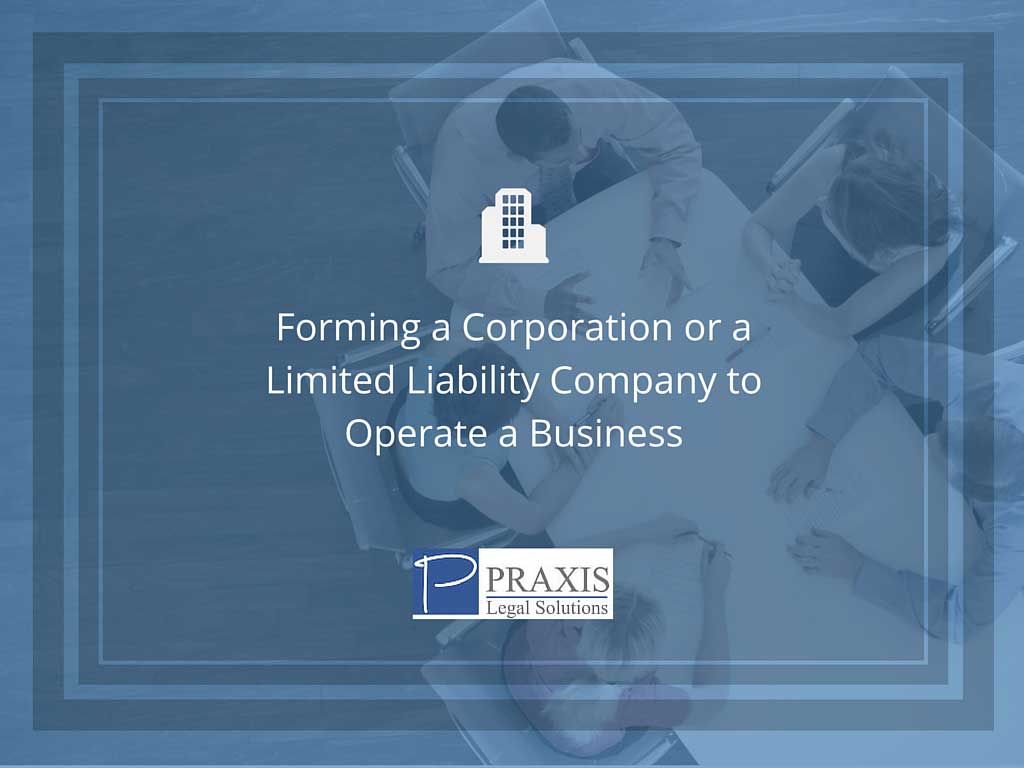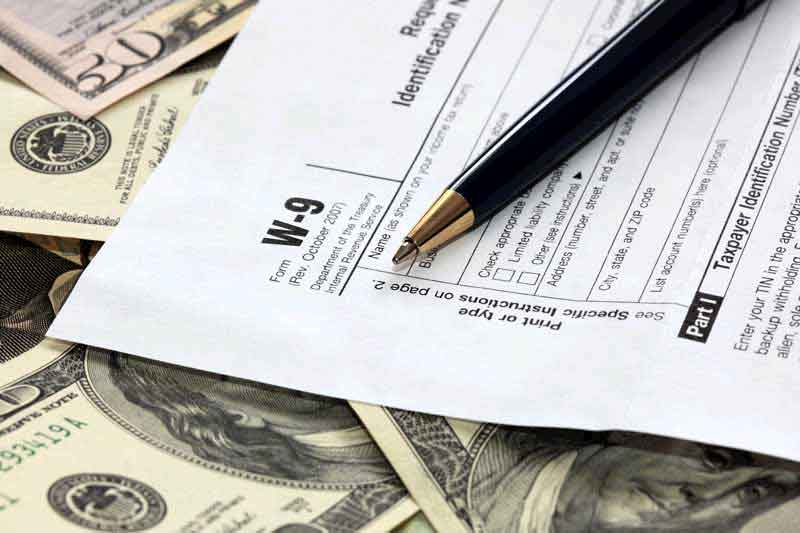More than 90 years ago, Congress created a tax break designed to help family farmers acquire livestock and land. Today, 1031 like kind exchanges are used by companies of all types and sizes to defer the tax on capital gains from a sale of assets. The 1031 exchange derives its name from the section of the Internal Revenue Code that defines the requirements for a qualifying exchange. The rules are simple, but any deviation from those rules exposes a taxpayer to penalties and interest, in addition to the tax on the gain.
 For a qualifying exchange, the assets must be of “like kind”; for example, two office buildings, or two dump trucks (or two racehorses). The replacement asset must be of equal or greater value than the asset to be sold. The replacement asset must be identified within 45 days of the date of the sale, and the acquisition of the replacement asset must be completed within 180 days of the sale. 100% of the proceeds of the sale must be held in an escrow, and not used or available to the seller except for the purpose of acquiring the replacement asset.
For a qualifying exchange, the assets must be of “like kind”; for example, two office buildings, or two dump trucks (or two racehorses). The replacement asset must be of equal or greater value than the asset to be sold. The replacement asset must be identified within 45 days of the date of the sale, and the acquisition of the replacement asset must be completed within 180 days of the sale. 100% of the proceeds of the sale must be held in an escrow, and not used or available to the seller except for the purpose of acquiring the replacement asset.
For example, Realco, Inc. owns an office building in Middletown (Asset A), and wishes to sell that property in order to buy a newer, class A building in Upperville (Asset B). As is often the case, Realco has identified Asset B before listing Asset A for sale. Upon closing the sale of Asset A, Realco deposits the proceeds of the sale with a qualified intermediary, either a bank or other independent third party, pursuant to an escrow agreement that defines the terms and conditions under which the proceeds from the sale of Asset A will be released to the seller of Asset B. The funds in the escrow are released to the seller of Asset B when Realco closes on the purchase of Asset B.
Structuring a sale and acquisition as a 1031 exchange allows the seller of an asset to defer taxation (including any depreciation recapture tax) on the gain from the sale of that asset, increasing the amount of money available to acquire a replacement asset.
The federal government estimates that 1031 exchanges divert about $3 billion each year in tax revenues from the Treasury. Given the current focus on eliminating federal income tax “loopholes”, the 1031 exchange, especially because it is so widely used by so many high-profile companies, is certain to come under scrutiny if Congress makes a serious effort at tax reform.
If you have your eye on a new building (or a new oil rig), you may wish to accelerate the transaction in order to get ahead of any changes in the rules for a 1031 exchange. If you have questions, or would like additional information about 1031 exchanges, you can reach me at (732) 988-5362 or e-mail.







 LLCs and IRS Form W-9
LLCs and IRS Form W-9 Property Tax Appeals
Property Tax Appeals
Leave a Reply